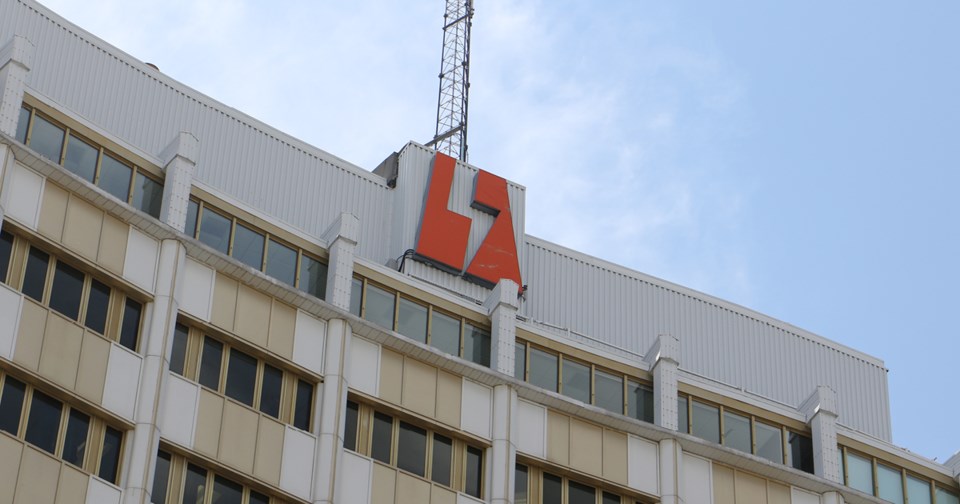REGINA - The Estevan area is one of two identified by SaskPower for further study to determine the feasibility of hosting a small modular reactor (SMR), as part of the company's planning and regulatory work to potentially develop nuclear power in Saskatchewan.
The Elbow area is the other.
The Estevan study area includes the areas around Boundary and Rafferty Dam and around the Grant Devine Lake. The Elbow study area encompasses the area around Lake Diefenbaker, from Gardiner Dam to Diefenbaker Dam.
To identify these study areas, SaskPower used technical criteria based on the requirements of the various SMR technologies the utility evaluated earlier this year. Some of these criteria include proximity to a suitable water supply, existing power infrastructure, workforce, nuclear regulations and standards and learnings from past generation siting projects.
A final decision whether to build an SMR won’t happen until 2029, but to keep nuclear power an option for Saskatchewan, SaskPower says significant planning and regulatory work must be done now, and a necessary step to advance this regulatory work is to identify and select a location to potentially host an SMR.
“By identifying these two study areas, SaskPower has reached another critical milestone in its planning work to potentially bring nuclear power to Saskatchewan,” said Don Morgan, the minister responsible for SaskPower. “Saskatchewan’s commitment to a sustainable, reliable and affordable electrical system is evident with today’s announcement.”
As SaskPower proceeds with its planning and regulatory work to develop nuclear power in Saskatchewan, the utility has initiated the formal consultation on site selection with Indigenous rights holders in the selected areas.
The Crown corporation says understanding perspectives and obtaining feedback is a priority, and the utility is committed to engaging with Saskatchewan throughout this project. With the identification of these regions, SaskPower will establish extensive and ongoing engagement activities with the Indigenous rights holders, along with rural and urban municipalities, businesses, residents and other stakeholders, both within the study areas and across the province.
“Feedback and perspectives from not just the regions but from the entire province are very important to SaskPower as we plan to potentially incorporate nuclear power into the generation mix,” said SaskPower president and CEO Rupen Pandya. “Engagement and consultation with Indigenous rightsholders and the public is critical to this project, and I encourage the people of Saskatchewan to reach out and engage with us on this important project.”
The utility will also meet with non-government organizations, government ministries and agencies, and other organizations within the study areas to gain a regional perspective regarding nuclear power.



